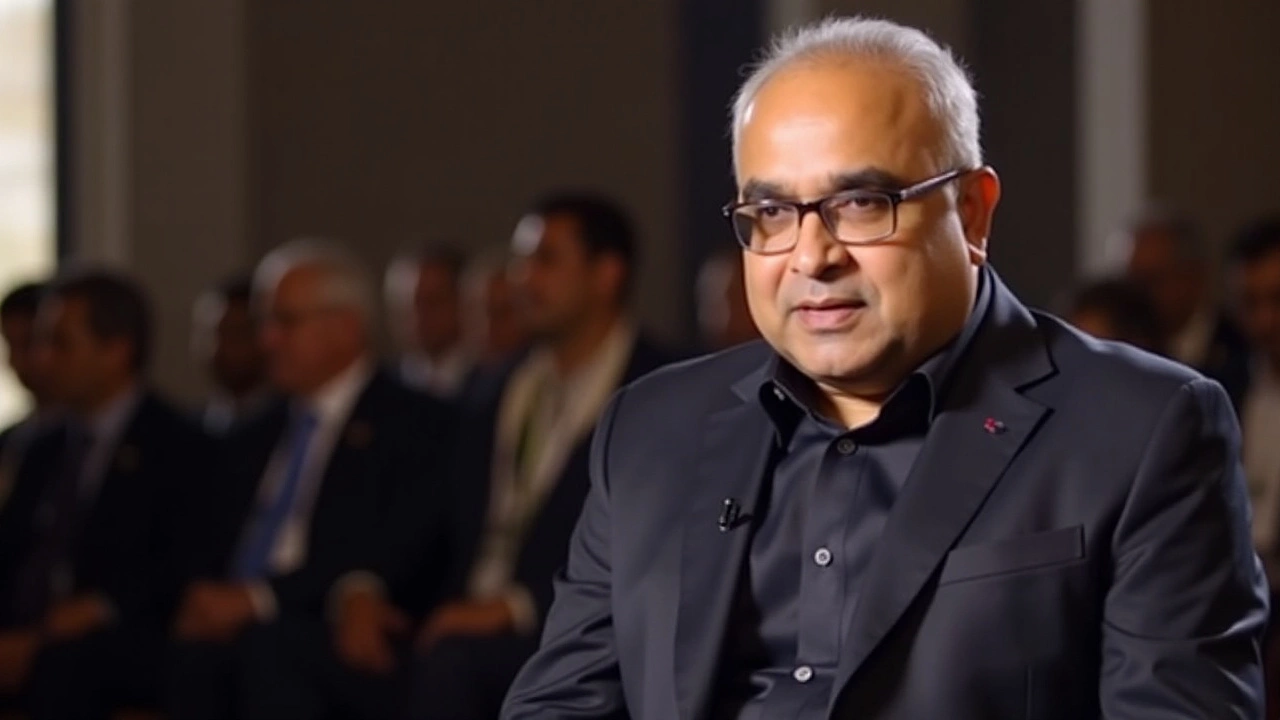Solar Energy Contracts: Simple Guide to Choosing the Right Deal
Thinking about going solar but confused by all the contracts out there? You’re not alone. From power purchase agreements (PPAs) to leases and outright purchases, each option has its own pros and cons. This guide breaks down the basics, helps you compare the main types, and gives you practical tips so you can pick the deal that fits your budget and goals.
What’s the Difference Between a PPA, Lease, and Purchase?
A Power Purchase Agreement (PPA) lets a third‑party installer own the panels on your roof or land. You pay for the electricity the system produces at a fixed rate, usually lower than your utility bill. The installer handles maintenance, and you walk away with lower energy costs without any upfront outlay.
A solar lease works similarly, but you pay a flat monthly rent for the system instead of paying per kilowatt‑hour. Leases often include options to buy the system later, but the main benefit is predictable monthly payments.
When you buy the system outright, you front the cost (or finance it) and own the panels. This means you reap all the tax credits, rebates, and savings from day one. The downside is the higher initial expense, but the long‑term return can be impressive.
How to Choose the Right Contract for You
1. Check your credit and cash flow. If you have good credit and can handle a loan, buying might be the best for maximum savings. If cash is tight, a PPA or lease lets you go solar with little or no money down.
2. Look at the contract length. PPAs and leases usually run 10‑25 years. Make sure the term matches how long you plan to stay in the property. Early termination fees can be steep.
3. Compare the rates. For a PPA, calculate the per‑kWh price versus your current utility rate. For a lease, compare the monthly payment to your average electricity bill. If buying, run the numbers on total cost, tax credits, and expected savings over 20‑25 years.
4. Ask about maintenance. Most PPAs and leases include upkeep, which is a big plus. If you own the system, you’ll need a service plan or be ready to handle maintenance yourself.
5. Understand the incentives. Federal tax credits, state rebates, and net‑metering policies can significantly lower costs. These incentives often apply only to owners, so factor that into your decision.
By answering these questions, you can narrow down the options and avoid surprises down the road.
Solar energy contracts are not one‑size‑fits‑all. Whether you want a hassle‑free lease, a low‑cost PPA, or full ownership, the key is to read the fine print, ask the installer for clear numbers, and compare them to your current electric bill. With the right contract, you’ll start saving money, reduce your carbon footprint, and boost the value of your property—all without the headache of hidden fees.

